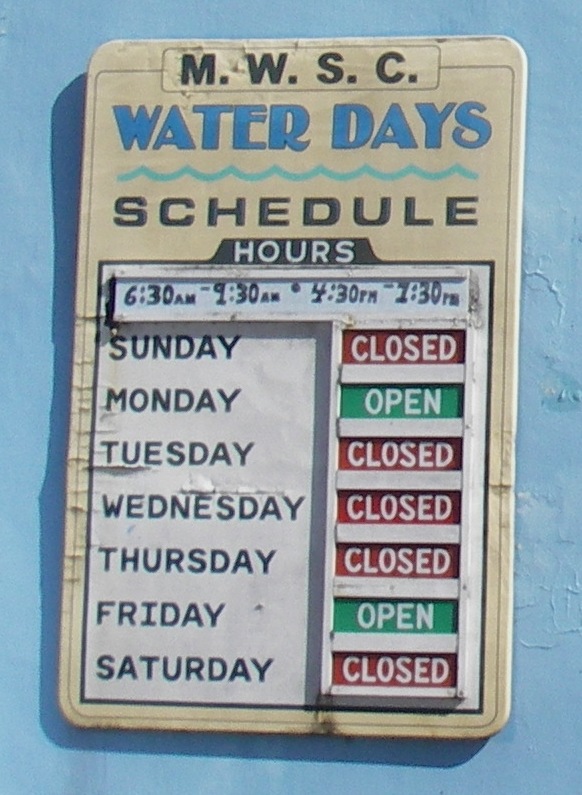News
YES | 1 | YES
Meeting highlights political will to improve water and sanitation in Micronesia.
26 April, 2011
 In mid-April Micronesian countries met for the first time in Majuro, The Republic of the Marshall Islands (RMI), to look at ways to improve water and sanitation throughout the region.
In mid-April Micronesian countries met for the first time in Majuro, The Republic of the Marshall Islands (RMI), to look at ways to improve water and sanitation throughout the region.

Delegates from Palau, Guam, the Federated States of Micronesia, and RMI gathered to establish a Micronesian Water Committee, as a permanent working group of the Micronesian Chief Executives Summit’s (MCES).
In opening the meeting, RMI’s Acting President, Mr Ruben R. Zackhras, said that the fast pace of urbanization had led to tremendous pressure on demand for water and sanitation and that in many countries water had to go from being an abundant resource to one of scarcity. He also reminded delegates that globally water resources are in crisis.
“The perceived notion of business as usual in the water supply sector is no longer sustainable. The management of water resources should be based on sound policies and strengthened institutional arrangements,” Acting President Zackhras said. “This initiative is a testament that there is political will to improve water sector in Micronesia.”
“We envision that our combined efforts to address water and sanitation in each of our jurisdictions will strengthen cooperation in water resources management and monitoring,” he said.
The meeting was also attended by RMI’s National Water Champion, First Lady Hannah Zedkaia, who has been very active in coordinating the national consultative process on water and sanitation in the Marshall Islands. In speaking to the representatives of the working group First Lady Zedkaia said, “Having been able to sit and listen to the discussions and exchanges, I can now better appreciate and value the importance of the work that each of you must do to improve water and sanitation situations in each of the jurisdictions and the challenges that you face every day.”
The decision to establish a Micronesian Water Committee was made at the 14th MCES in Palau last December.
Deborah Manase, Chair of the Water and Sanitation start up group and General Manager of the RMI Environmental Protection Authority, said that the meeting was a culmination of country driven efforts and a consultative process that was launched at national water summits throughout the region last month.
“This is a very important step for the region as we need to seriously address water issues for both the long term economic development of our countries and for the health and wellbeing of our people,” Ms Manase said. “For many of us the time of taking water for granted is gone. The Committee we are setting up this week will guide how we as a region manage our water well into the future.”
The first Micronesian Water and Sanitation Working Group meeting is supported by the Secretariat of the Pacific Communities’ Applied Geoscience and Technology Division (SPC-SOPAC). SPC-SOPAC’s Water and Sanitation Programme provided funding and technical support through the European Union funded Integrated Water Resources Management (IWRM) Planning Programme and also through the Global Environment Facility funded Pacific IWRM Project.
















